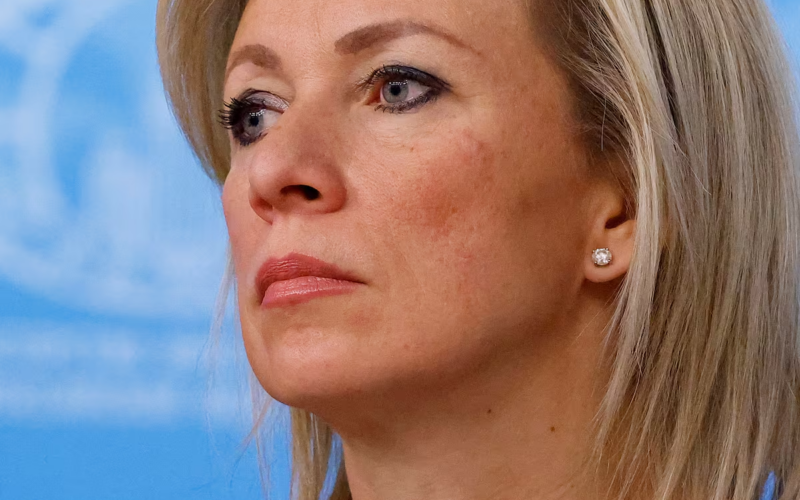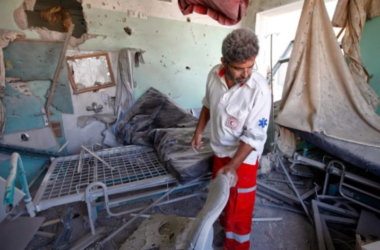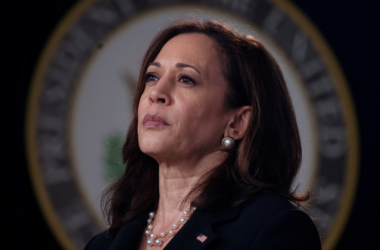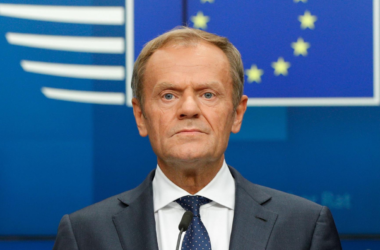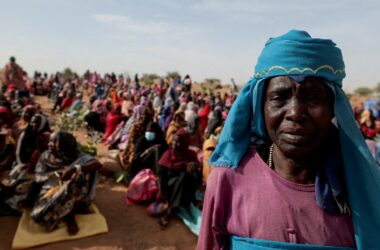Russia has indicated it could target Western assets and property within its jurisdiction in response to a Western plan to use income from frozen Russian assets to provide a $50 billion loan to Ukraine. The announcement by Foreign Ministry spokeswoman Maria Zakharova on Wednesday follows a decision made by the Group of Seven (G7) nations at their recent summit in Italy.
The G7 leaders agreed to use interest from Russian assets, which have been frozen under international sanctions due to Russia’s conflict with Ukraine, to support Ukraine financially. This plan aims to aid Ukraine’s economy as the conflict continues. However, Russia has labeled this action as illegal and warned that it could destabilize global financial confidence.
“Our country has significant amounts of Western funds and property that are under Russian jurisdiction; all of this may be subject to Russian retaliatory policies and retaliatory actions,” Zakharova stated in a press briefing. She emphasized that while the specifics of potential retaliatory measures would not be disclosed, Russia possesses a wide range of political and economic countermeasures.
Experts suggest that Russia’s retaliation could involve confiscating financial assets and securities owned by foreign investors that are currently held in special “type-C” accounts within Russia. These accounts have been restricted since the conflict began, with access only granted by Moscow under specific waivers.
Such retaliatory actions could have significant implications for foreign investors who might see their assets seized or nationalized. This could further complicate economic relations between Russia and Western countries, which have already been strained by the ongoing conflict and subsequent sanctions.
Russia argues that the G7’s plan to redirect the income from its frozen assets undermines the principles of global finance and could set a precedent for the seizure and redistribution of frozen assets. This move, according to Russian officials, could damage trust in the international financial system.
Zakharova also mentioned that Russia had received indications from some G7 countries expressing reluctance to participate in the asset seizure plan. She suggested that these countries recognize the potentially “extremely painful” costs of such actions, though she did not specify the nations.
Approximately 260 billion euros ($281 billion) of Russian assets, including central bank reserves, have been frozen under international sanctions. A significant portion of these assets, around 190 billion euros, is held in Euroclear, a Belgium-based central securities depository.
European Union officials recently told Reuters that the EU might contribute about half of the $50 billion loan to Ukraine. However, Italian Prime Minister Giorgia Meloni clarified that the funds would likely come from the United States, Canada, Britain, and possibly Japan, rather than directly from EU states.
As the situation evolves, both Russia and the G7 nations will likely continue their diplomatic and economic strategies. The conflict in Ukraine and the international response will shape the geopolitical landscape, influencing the actions and policies of all parties involved. The potential for Russia to retaliate by targeting Western assets adds a new dimension to the ongoing conflict, highlighting the complex interplay between global finance and international relations.
The unfolding developments will be closely monitored by governments, financial institutions, and investors worldwide, as they navigate the challenges posed by this unprecedented financial and geopolitical situation.




